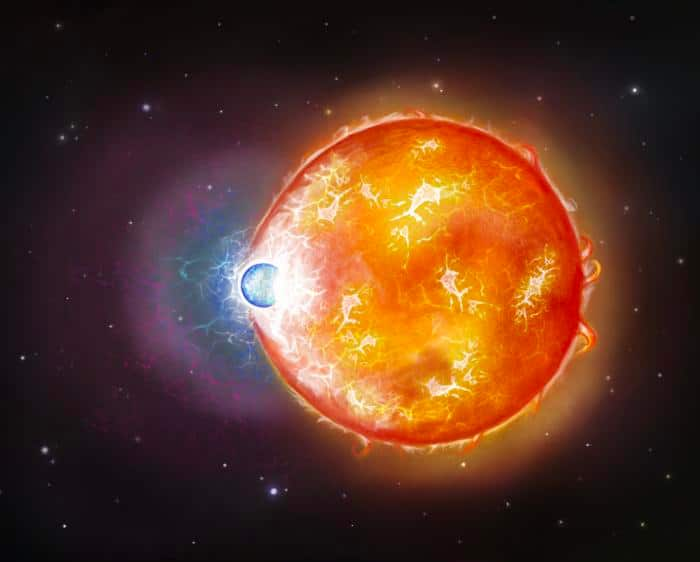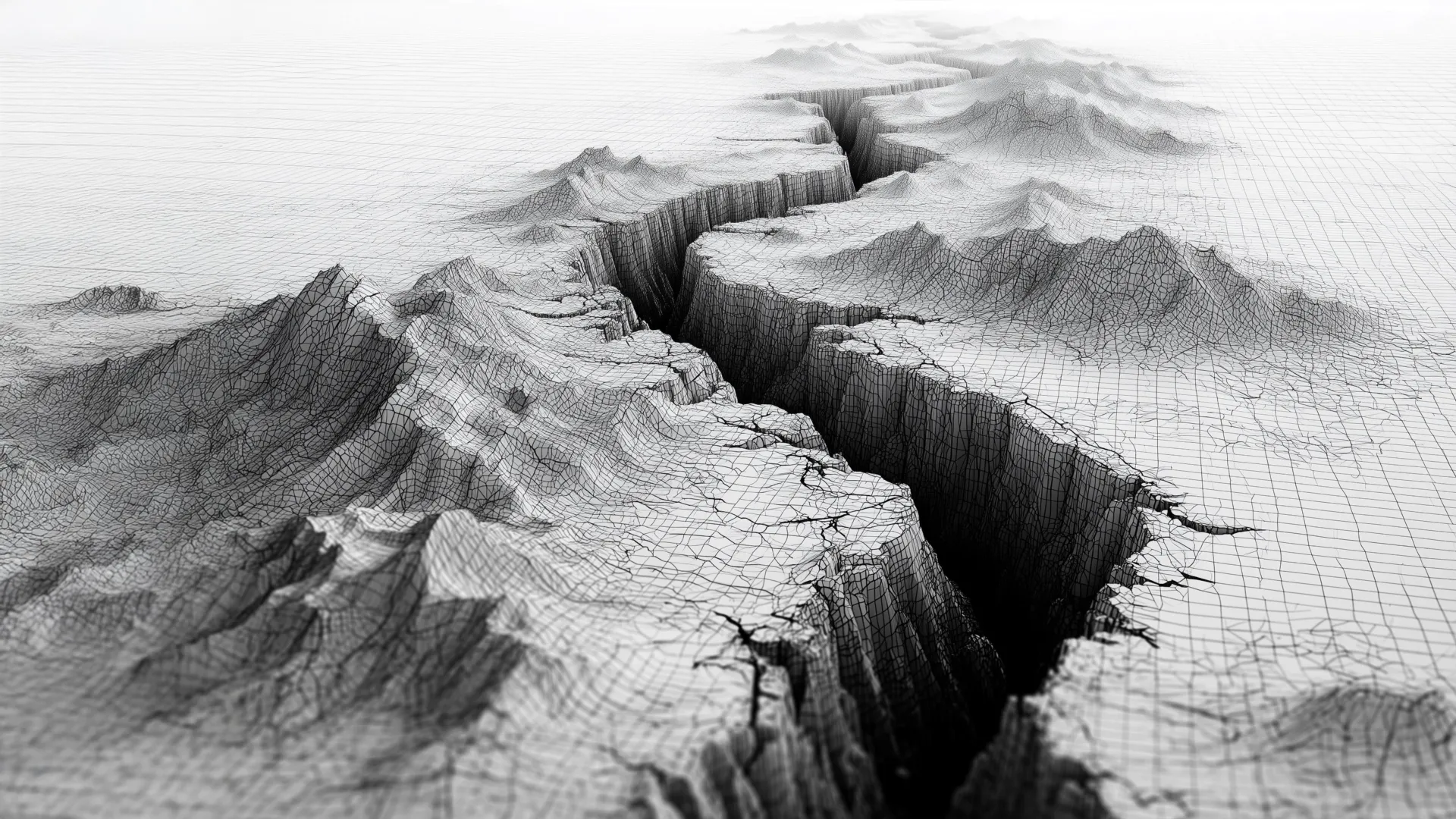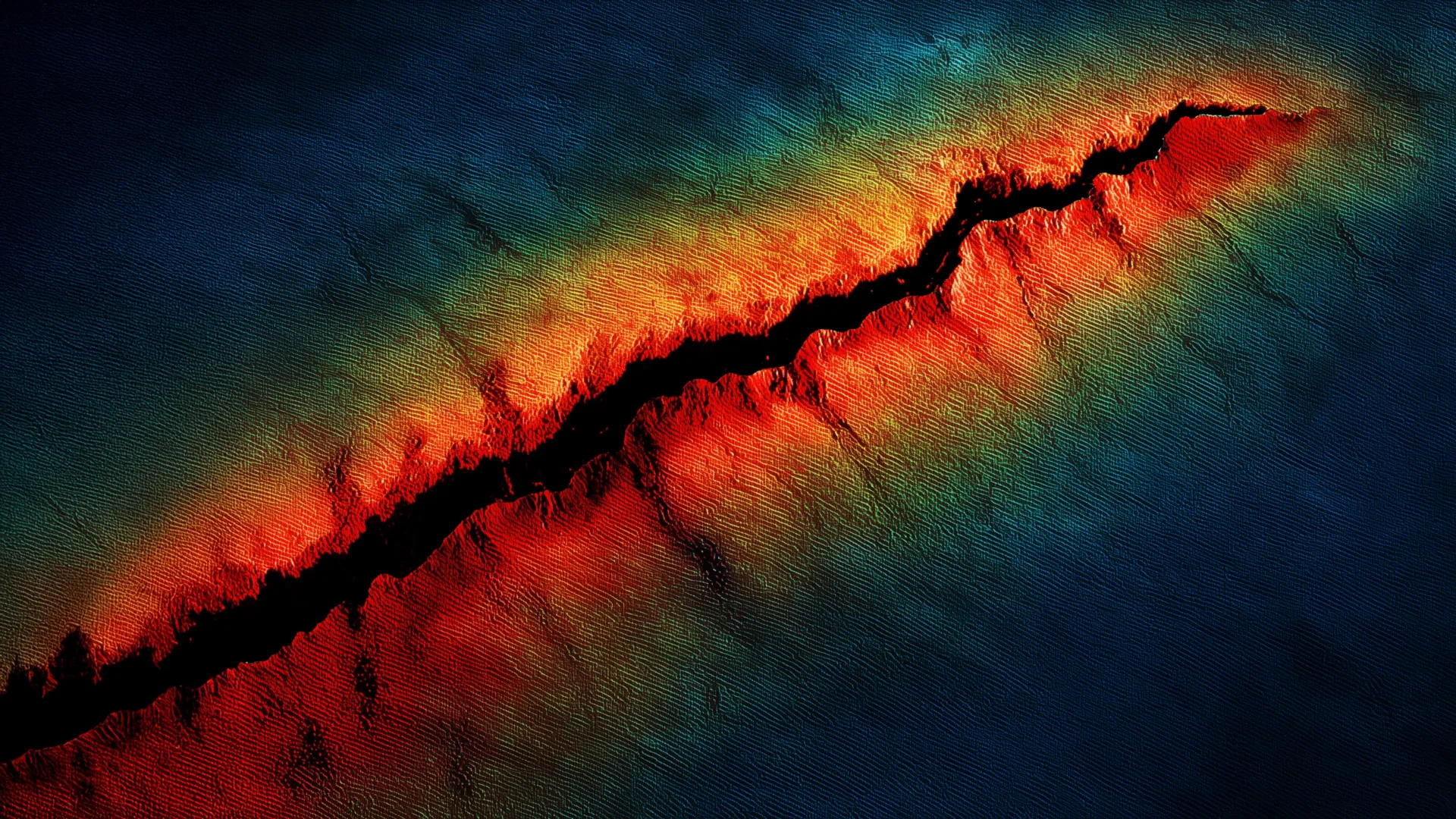Astronomers Discover Shocking Origin of 'Ultra-Massive' White Dwarf - You Won't Believe How It Formed!

Did you know that a seemingly ordinary white dwarf star is actually the dramatic product of a massive stellar collision? This revelation is not just a twist in the narrative of our universe; it’s a peek into the cataclysmic forces at play beyond our home planet. Astronomers at the University of Warwick, using NASA’s Hubble Space Telescope, have uncovered stunning evidence that the white dwarf known as WD 0525+526 is far from ordinary—it's a ghostly remnant of two stars that collided in a spectacular fashion.
White dwarfs are often described as the dense embers of dead stars. They are relatively common across the universe, typically about the size of Earth but packed with a mass that can be over half that of our Sun. These celestial bodies form when stars exhaust their nuclear fuel and collapse under their own gravity. But WD 0525+526, situated just 130 light-years away from us, flips that script. Weighing in at 20% more than the Sun, it falls into the “ultra-massive” category—a classification reserved for only a select few stars, until now shrouded in mystery.
Dr. Snehalata Sahu, a Research Fellow at the University of Warwick and the lead author of the study published in Nature Astronomy, commented, “In visible light, this star looks like a heavyweight but otherwise typical white dwarf. But Hubble’s ultraviolet observations uncovered faint carbon signals that aren’t visible from Earth—and that changed everything.” What’s truly fascinating about this discovery is that typical white dwarfs are enveloped in thick layers of hydrogen and helium, which act as a barrier, hiding heavier elements like carbon beneath the surface. However, for WD 0525+526, traces of carbon have bubbled up to the surface, a clear indication that this star's origins are extraordinary.
When two stars merge, they often lose their outer hydrogen and helium layers, leaving behind a single star with a remarkably thin outer layer that allows carbon from the core to rise—a phenomenon explained by co-author Dr. Antoine Bédard. He elaborates, “What’s left is a single star with such a thin outer layer that carbon from the core can start to creep upward.” And the Hubble data confirmed just that, revealing hydrogen and helium layers ten billion times thinner than typical white dwarfs.
Even more fascinating is the detection of a subtle mechanism called semi-convection, which is observed in WD 0525+526. Unlike cooler stars where convection can mix elements, this star, nearly four times hotter than the Sun, is too fiery for such mixing. Instead, semi-convection allows carbon to gently stir and rise through its hydrogen-rich atmosphere. This finding marks the first confirmation of semi-convection in a white dwarf, a significant leap in our understanding of stellar physics.
What sets WD 0525+526 apart even more is its youthful stage in the post-merger evolution. Compared to other known merger remnants, this star showcases 100,000 times less carbon on its surface. This suggests that we are witnessing a rare glimpse into the early stages right after two stars have collided, which is invaluable for scientists.
“Detecting signs of such a merger so early is incredibly rare,” said Professor Boris Gänsicke, who assisted in securing the Hubble data for this research. “It proves that ultraviolet spectroscopy from space is our most powerful tool to catch these stellar oddities in action.” With Hubble now in its 35th year, there's an urgent call for a new UV-capable space telescope to continue this groundbreaking work, ensuring that discoveries like WD 0525+526 don’t fade into obscurity.
As this ultra-massive white dwarf cools, it’s expected that more carbon will rise to the surface, further confirming its explosive origin. For now, its faint ultraviolet glow serves as a cosmic breadcrumb, leading scientists to a hidden population of stellar merger remnants scattered throughout the universe, waiting to be unveiled. This remarkable discovery doesn't just tweak our understanding of white dwarfs; it also deepens our knowledge of the chaotic fates of binary star systems—events that can have major cosmic consequences, like supernovae.
So, what comes next in this stellar saga? As Hubble continues to operate, albeit aging, astronomers are pushing for its successor to ensure that the incredible stories of the universe don’t remain hidden in plain sight. After all, in the vast stillness of space, even the remnants of dead stars have extraordinary tales to tell.


























